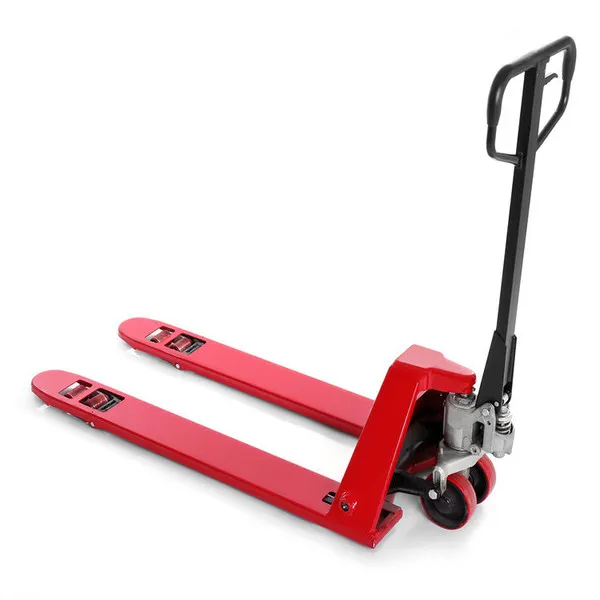


Understanding Crane Weighing Systems A Comprehensive Guide
Crane weighing systems are critical components in various industries, particularly in construction, shipping, and manufacturing. These systems ensure that cranes do not exceed their load capacities, reducing the risk of accidents and improving overall operational efficiency. In this article, we will explore the importance of crane weighing, the types of weighing systems available, and the factors to consider when selecting a system for your operations.
The Importance of Crane Weighing Systems
Crane weighing systems play a vital role in safety management. Overloading a crane can lead to catastrophic failures, putting both operators and on-site personnel at risk. By accurately measuring the weight of the load being lifted, these systems help prevent overloading and ensure compliance with safety regulations.
Moreover, crane weighing systems contribute to operational efficiency
. They provide real-time data about the weight of the loads being lifted, allowing operators to make informed decisions regarding equipment selection and load handling. This not only increases productivity but also minimizes wear and tear on the crane itself, extending its operational lifespan.Types of Crane Weighing Systems
1. Load Cells One of the most common types of crane weighing systems is the load cell. These devices measure the strain on the crane's hoist mechanism and convert it into a weight reading. Load cells can be integrated into the crane's structure, making them a discreet yet effective option for real-time monitoring.
2. Weighing Hooks Weighing hooks are specialized hooks that incorporate load cells to provide accurate weight measurements. These devices are easy to install and can be used with various crane types. They offer the added benefit of portability, allowing them to be used on multiple cranes without significant modification.
3. Wireless Weighing Systems With advancements in technology, wireless weighing systems have become increasingly popular. These systems use wireless communication to transmit weight data from the load cell or weighing hook to a display unit. This allows for flexibility in monitoring and reduces the clutter of cables that can pose safety hazards.

4. Onboard Weighing Systems Some cranes come equipped with onboard weighing systems that automatically measure load weights and display results in the operator's cabin. These systems often feature advanced software that can calculate load moment indicators (LMI) to provide real-time feedback on safe operating conditions.
Factors to Consider When Choosing a Crane Weighing System
1. Capacity Requirements The first consideration should be the maximum load capacity of your cranes. Ensure that the weighing system you choose can handle the heaviest loads that the crane is expected to lift.
2. Accuracy and Precision Different applications require varying levels of accuracy. For critical operations, such as those in construction or heavy manufacturing, investing in high-precision weighing systems is essential.
3. Compatibility Ensure that the chosen weighing system is compatible with the existing crane design. Some systems may require specific modifications to the crane, while others can be installed more easily.
4. Durability and Environment Crane operations can occur in harsh environments. Choose a weighing system that is robust and can withstand factors like dust, moisture, and temperature fluctuations.
5. Maintenance and Support Consider the maintenance requirements of the weighing system and the level of support provided by the manufacturer. Prompt support can minimize downtime and keep your operations running smoothly.
Conclusion
In summary, crane weighing systems are indispensable for ensuring safety and efficiency in lifting operations. By understanding the different types of weighing systems and the factors to consider when selecting one, businesses can enhance their crane operations. With the right system in place, companies can safeguard their workforce, optimize productivity, and achieve significant cost savings in the long run. Whether it’s a construction site, a shipping yard, or a manufacturing facility, effective crane weighing is an investment that yields substantial returns.



